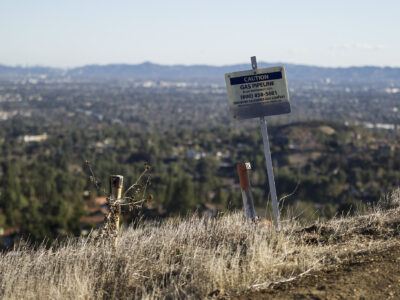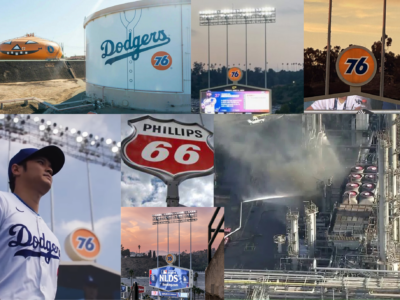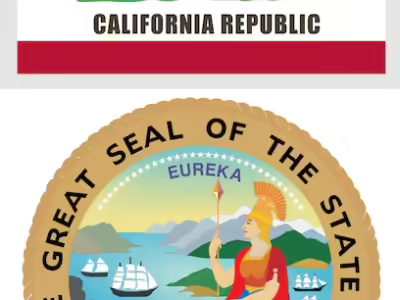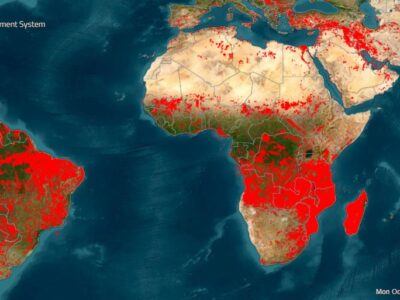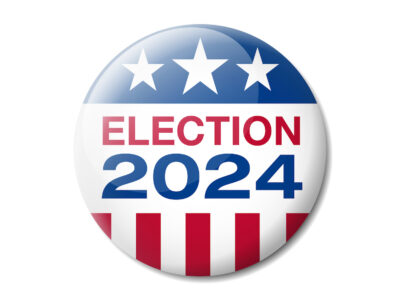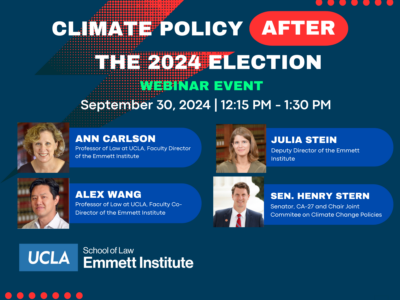Air Quality
CPUC Should Set a Date for Closing Aliso Canyon
A proposed decision on the gas facility gives too much deference to SoCalGas regarding the future of gas demand and misses an opportunity to set a clear mandate.
The Aliso Canyon gas storage facility blowout in 2015-16 was the largest methane gas leak in the history of the United States. In addition to the climate effects from the methane leakage — 109,000 metric tons, the equivalent of burning over 1 billion gallons of gasoline — there were tremendous health impacts on neighboring communities …
Continue reading “CPUC Should Set a Date for Closing Aliso Canyon”
CONTINUE READINGThis Big Oil Sponsorship Just Got Dirtier
The Dodgers do business with a company that’s been polluting LA neighborhoods — and the climate — for years. Now, Phillips 66 faces federal charges of illegal wastewater dumping.
The Los Angeles Dodgers’ most prominent sponsor — Phillips 66, which owns 76 gas — was just indicted for violating the Clean Water Act by allegedly dumping hundreds of thousands of gallons of industrial wastewater from its Carson oil refinery into the LA County sewer system. The details are spelled out in a six-count indictment …
Continue reading “This Big Oil Sponsorship Just Got Dirtier”
CONTINUE READINGPresident-Elect Trump vs. California: What Lies Ahead?
Will It Be Environmental Law & Policy Deja Vu All Over Again? Or Even Worse?
Californians who care about the environment likely–and justifiably–feel whipsawed this week. Former President Trump (#45) has re-emerged as President-elect Trump (#47), interrupted by the intervening four years of the Biden-Harris presidential administration. (Actually, this presidential whipsaw has been going on for decades: think Bush Sr.-Clinton-Bush Jr.-Obama-Trump-Biden-Trump redux.) In general, California’s progressive environmental laws and policies …
Continue reading “President-Elect Trump vs. California: What Lies Ahead?”
CONTINUE READINGCalifornia Must Not Abandon its Climate Leadership
California’s Low Carbon Fuel Standard has been successful. CARB should update the program without undermining its fundamental features.
On November 8, the California Air Resources Board, or CARB, is slated to consider approving amendments to California’s Low Carbon Fuel Standard. The program has been so successful in replacing high carbon petroleum-based fuels with lower emissions vehicle fuels that interest groups from all sides of the political spectrum have come forward to demand radical …
Continue reading “California Must Not Abandon its Climate Leadership”
CONTINUE READINGSix Sleeper Proposals in Project 2025
Project 2025 isn’t just its headline proposals. It’s a thorough, detailed attack on environmental protection.
Project 2025’s proposals involve reduced protection for endangered species, eliminating energy efficiency rules, blocking new transmission lines, changing electricity regulation to favor fossil fuels, weakening air pollution rules, and encouraging sale of gas guzzlers. There’s some pious talk about protecting the environment, but every proposal calls for weakening environmental protections.
CONTINUE READINGNew Environmental Laws Focus on Public Health
Many of the environmental-focused bills that the governor signed this year involve ways to alleviate the health disparities faced by frontline communities.
The California State Legislature is now finally in its off-season. Governor Newsom had until Monday, September 30th to sign or veto bills that the legislature passed and sent to his desk. In a final tally of bills, according to CalMatters, Governor Newsom vetoed approximately 18% of the nearly 1,000 bills that landed on his desk …
Continue reading “New Environmental Laws Focus on Public Health”
CONTINUE READINGGovernors Present Bold Vision for Investing in a New Forest Economy
As global leaders gather in Cali for COP16 and devastating fires continue across the Amazon, we should look to subnational groups for solutions to both the climate and biodiversity loss crisis.
The world has continued to watch as fires burn – yet again – across much of the Amazon basin. With historic droughts and ongoing lack of resources to tackle these fires and their underlying causes, they have ravaged millions of hectares of forests, communities, and wildlife habitat in Bolivia, Peru, Brazil, and beyond. These fires, …
Continue reading “Governors Present Bold Vision for Investing in a New Forest Economy”
CONTINUE READINGThe Election, Vehicle Emissions, and State Climate Plans
If the California car waiver survives a possible Trump presidency, we may have the overruling of Chevron to thank.
If one single thing about the election keeps state environmental regulators up at night, it’s how much a Trump victory would impact their ability to cut transportation emissions. As it turns out, Trump’s leverage would be reduced, ironically enough, because his conservative Supreme Court appointees helped overrule the Chevron doctrine. Trump can still cause a …
Continue reading “The Election, Vehicle Emissions, and State Climate Plans”
CONTINUE READINGSB 1221 is Law. Time for Targeted Neighborhood Electrification.
This new California law will help build pilot programs for up to 30 neighborhood decarbonization zones to transition off gas.
Governor Newsom recently signed a bill (SB 1221) that lays the groundwork for a vital shift in California’s clean energy transition. The bill– by Senator Dave Min, with support from key decarbonization advocates–will create a pilot program at the California Public Utilities Commission (CPUC) to designate up to 30 “neighborhood decarbonization zone” projects. In these …
Continue reading “SB 1221 is Law. Time for Targeted Neighborhood Electrification.”
CONTINUE READINGClimate Policy After the 2024 Election
In this UCLA Emmett Institute webinar, panelists discussed the climate implications of the 2024 election from the state, national, and international perspective.
Climate certainty. Legislative action. Whipsaw regulations. An exodus of civil servants. Chinese leadership despite being the world’s largest emitter. Those are a few of the possible outcomes of the Nov. 5 presidential election, according to our panelists. More than in any previous election, the two major candidates’ track records on environmental policies are well-established and …
Continue reading “Climate Policy After the 2024 Election”
CONTINUE READING



